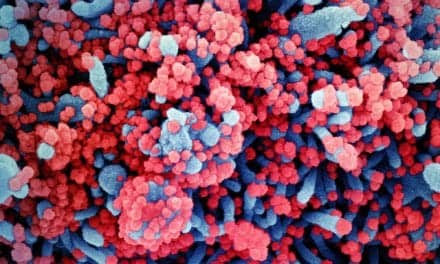The respiratory pathogen Pseudomonas aeruginosa, one of the most common causes of hospital-acquired pneumonia, adds three small molecules to an ordinary lung protein, turning it into a gateway for access to human cells, [removed]according to researchers[/removed] from the Emory University School of Medicine, the University of Virginia, and Universidad de las Islas Baleares in Mallorca, Spain.
The scientists discovered that P. aeruginosa leverages a lung protein called elongation factor-Tu (EF-Tu) in order to infect its host.
“EF-Tu is presumed to be an essential protein, and it’s performing these moonlighting functions as well,” said co-author Joanna Goldberg of Emory University.
Using a host of techniques, including mass spectrometry, site-directed mutagenesis of key residues in the protein, and genetic loss of function/gain of function studies, investigators found that P. aeruginosa only makes small changes to EF-Tu to get it to mimic this powerful ligand. P. aeruginosa transfers three methyl groups to a lysine on EF-Tu, giving it a structure similar to common bacterial epitope phosphorylcholine (ChoP) and allowing it to fit in the PAFR receptor in the way ChoP does.
The modification of EF-Tu enables the bacterium to adhere to human cells and invade, said researchers, who also believe it seems to be involved in virulence in mouse models.









